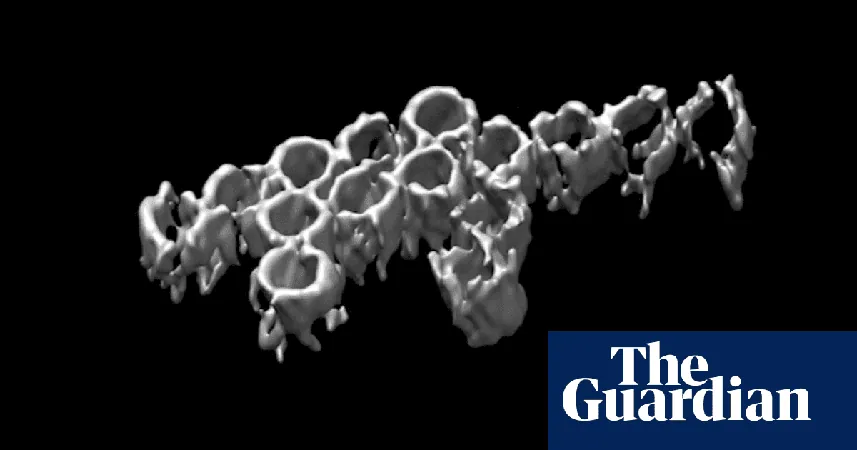
French Study Sheds Light on Chest X-Rays and Antibiotic Prescribing for Pneumonia in Children
2024-11-26
Author: John Tan
A recent study has captured the attention of medical professionals by examining the impact of chest X-rays on the antibiotic prescribing habits for diagnosed pneumonia in children. Findings suggest that a segmented approach to diagnosing pneumonia using chest X-rays could play a pivotal role in guiding healthcare providers when it comes to antibiotic use, potentially curbing unnecessary prescriptions.
This study analyzed comprehensive data collected from over 3,000 pediatric patients who presented with symptoms indicative of pneumonia. Researchers discovered that the use of chest X-rays significantly influenced the decision to prescribe antibiotics. Specifically, doctors who utilized imaging were more likely to diagnose pneumonia accurately, thereby ensuring antibiotics were prescribed only when absolutely necessary.
Chest X-Rays: A Double-Edged Sword
While the utility of chest X-rays in pneumonia diagnosis is well-noted, the study suggests that there is a pressing need for guidelines to help clinicians navigate the balance between appropriate diagnostic use and the risks associated with unnecessary antibiotic treatments, particularly in the context of rising antibiotic resistance.
Children under 5 years are often at the highest risk for pneumonia, which makes discerning the infection type crucial. Researchers emphasized that pneumonia can often be viral in nature, meaning that antibiotics would not be effective or necessary. The study aimed to highlight this distinction with ever-organizing medical data supporting more selective use of antibiotics.
Global Implications
Antibiotic resistance is a growing global health crisis. By informing clinicians that chest X-rays can assist in reducing unnecessary antibiotic prescriptions, this study may have far-reaching implications beyond France. Countries grappling with similar challenges, particularly in pediatric care, could benefit from adopting these practices, consequently reducing their own rates of antibiotic resistance.
The research also aligns with recent public health initiatives aimed at improving antibiotic stewardship, with health authorities advocating for better diagnostic tools in order to safeguard public health without compromising the effectiveness of antibiotics. Given that more than 700,000 deaths annually are attributed to antibiotic-resistant infections, this study adds an essential layer to the conversation surrounding responsible antibiotic use.
Conclusion
As healthcare providers seek to refine their diagnostic strategies for pneumonia in children, the findings from this French study may pave the way for significant changes in clinical protocols. By harnessing the potential of chest X-rays while emphasizing antibiotic stewardship, medical professionals can enhance treatment outcomes while also fighting against the tide of antibiotic resistance that threatens global health.





 Brasil (PT)
Brasil (PT)
 Canada (EN)
Canada (EN)
 Chile (ES)
Chile (ES)
 España (ES)
España (ES)
 France (FR)
France (FR)
 Hong Kong (EN)
Hong Kong (EN)
 Italia (IT)
Italia (IT)
 日本 (JA)
日本 (JA)
 Magyarország (HU)
Magyarország (HU)
 Norge (NO)
Norge (NO)
 Polska (PL)
Polska (PL)
 Schweiz (DE)
Schweiz (DE)
 Singapore (EN)
Singapore (EN)
 Sverige (SV)
Sverige (SV)
 Suomi (FI)
Suomi (FI)
 Türkiye (TR)
Türkiye (TR)